Боланже Ла Гранд Ане Розе 2007
Profile
-
Fruit
-
Body
-
Dryness
-
Freshness
-
Alcohol
Variety
Flavours
-

-

-

-

Glass

Serving Temperature

Food pairing
-

-

-

Maturity
Drink nowMore about this wine
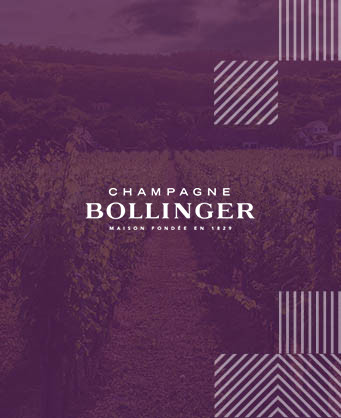
Bollinger
The story begins with Athanase de Villermont, the youngest son of a noble family, who inherited a large estate in the Aÿ region. Being an aristocrat, he was banned from trading at the time, but realizing the potential of the place, he sought a way to circumvent the law. Fate met him with Joseph Bollinger, a German who had left his homeland to learn about the Champagne wine trade, and the local Paul Renodin, who was captive to wine. Renaudin-Bollinger & Cie was founded on February 6, 1829, with Joseph in charge of sales and Paul in charge of the cellar. In 1837. Joseph Bollinger married Louise-Charlotte, the daughter of Athanasius, and in time their sons, Joseph, and later George, took over the business. In 1920, Jacques Bollinger, son of George, and only 24 years old, headed the House, assisted by his cousins Pierre and Yves Moret de Rochepri, and together they increased Bollinger's popularity in the United Kingdom. In 1923, Jacques married Elizabeth Bollinger, a Scotswoman who took over Maison Bollinger after losing her husband in the war. "Madame Jacques", as she is known, throws heart and soul into her new role. Cheerful and witty, Madame Bollinger is a great strategist, fearless businesswoman and the driving force behind the extremely original Bollinger RD cuvette. Claude d’Hotefey, her niece’s husband, took over in 1950 and launched an ambitious modernization program while meeting Bollinger’s quality requirements. In 1978, Madame Bollinger's nephew, Christian Bizot, took over from Claude and, like his aunt, worked actively to promote the House around the world, organizing meetings with sommelier, restaurant owners and wine merchants. In 1994, the great-grandson of founder Joseph Bollinger, Gislain de Mongolfier, took over from Bollinger. In 2008, for the first time in its history, the House placed its future under the care of a non-family president, Jerome Philippon, who, with the support of the Bollinger family, expanded his predecessor's modernization and investment program. To this day, the House retains its traditional experience, while incorporating the best of new technologies for the future development of the brand, both in terms of quality and commercial growth.
All wines of the same producer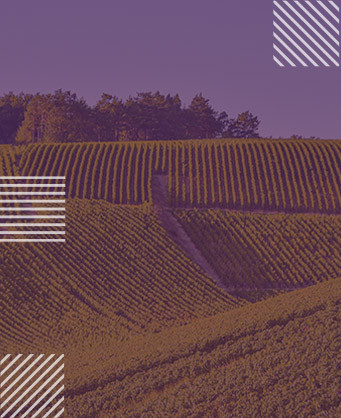
Champagne
The Champagne region is located to the northernmost of all the vineyards of France. The distinctive taste and purity of real champagne is certainly due to the calcareous soil and continental growing conditions. Unlike most other wines, it is characteristic of those from Champagne that the vintages of different years are blended to obtain a final product (non-vintage) or different wines from the same vintage are blended - in this case the wine is marked as vintage and its year is indicated on the label. This means, after all, that the quality of the champagne obtained depends very much on the balance between the quality of the grapes and the skills of the oenologists, which is why they are also promoted according to the name of the producer. Thus, in Champagne and around the world, the most famous names are Krug, Mumm, Bollinger, Veuve Clicquot, not to mention the well-known brands Dom Perignon, Moët & Chandon and Taittinger. The grape varieties in this region are Chardonnay, Pinot Noir and Pinot Meunier, which are present in different proportions in Champagne wines. The so-called Blanc de Blanc, made only from Chardonnay grapes, and Blanc de Noir, which is white champagne but made from red Pinot Noir grapes, are also often produced. A curious and little known fact is that in Champagne sparkling rose is made with a mixture of white and red wine, and not as is the standard for the production of rose wine.
More wines of this region
Pinot Noir
Pinot Noir is the dominant red wine grape of Burgundy, a challenge for every single vine grower and wine producer. It can be found in Germany (as Spätburgunder), Italy (Pino Nero), Chile, South Africa, Australia, New Zealand and the USA. The wines show a specific aroma of red berries and cherry depending on the vinification method employed - from fresh red cherries in lighter wines to stewed black cherries in weightier examples, many of them also showing hints of earthy flavours.
More wines of the same variety
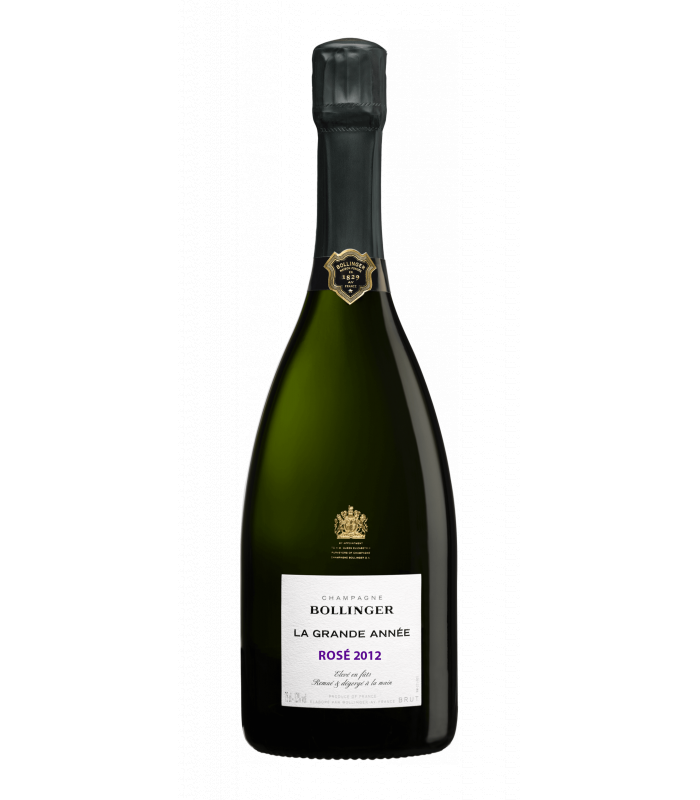


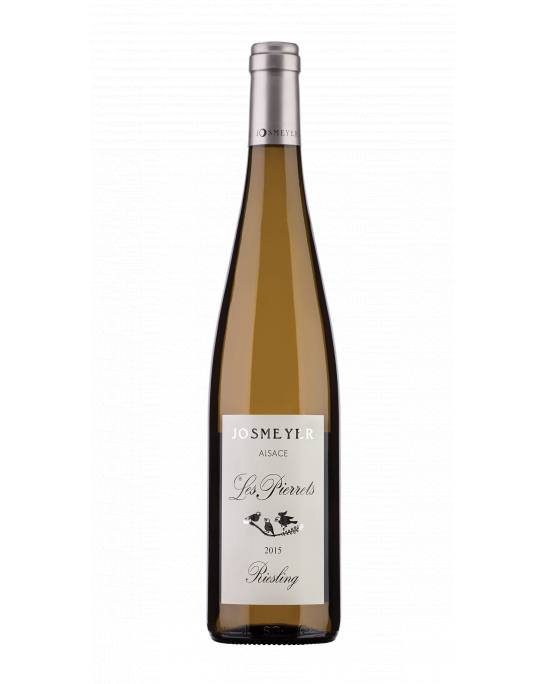
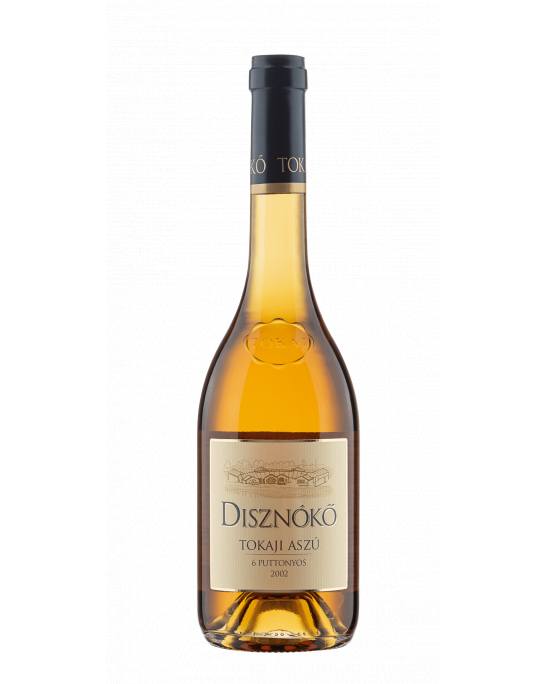
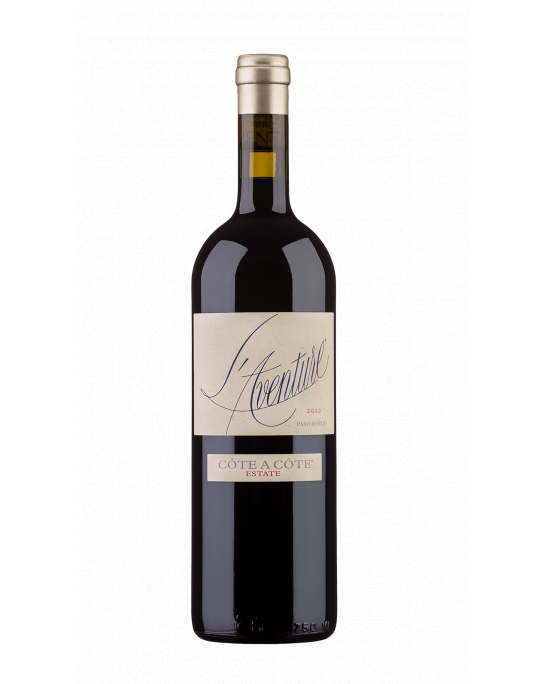
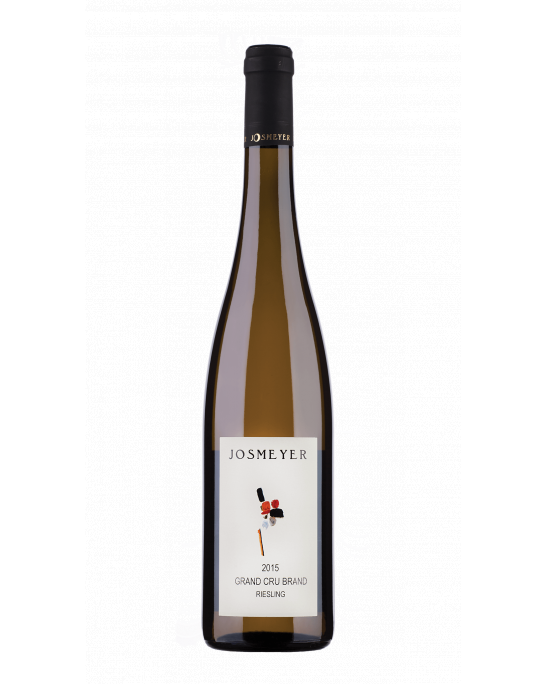
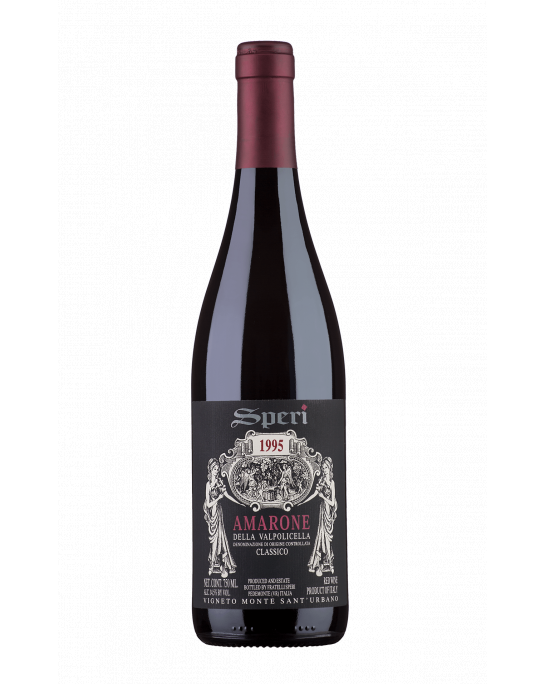

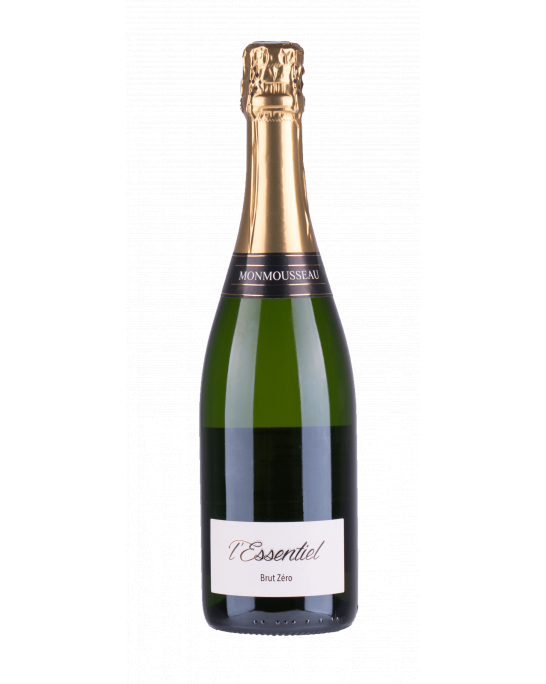

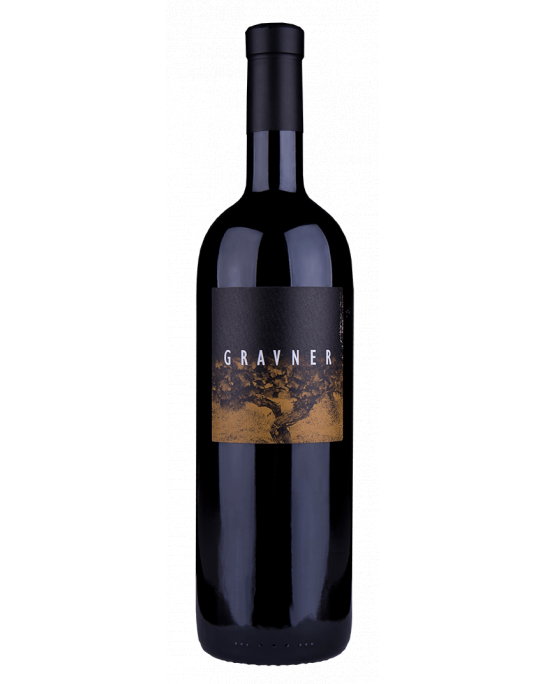
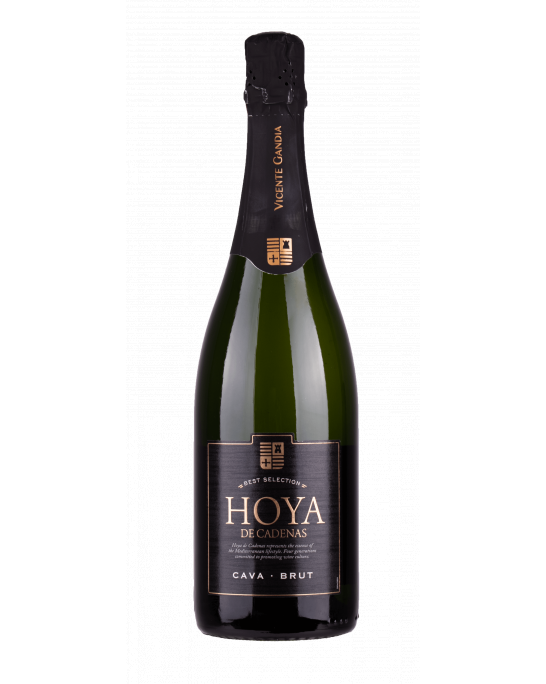
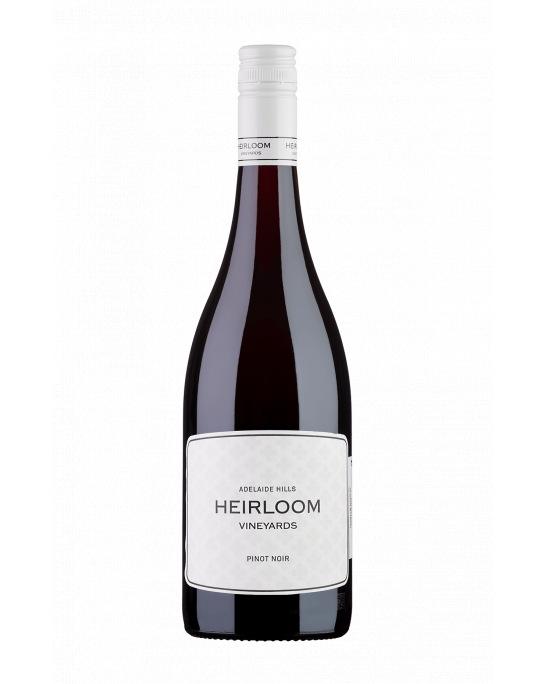
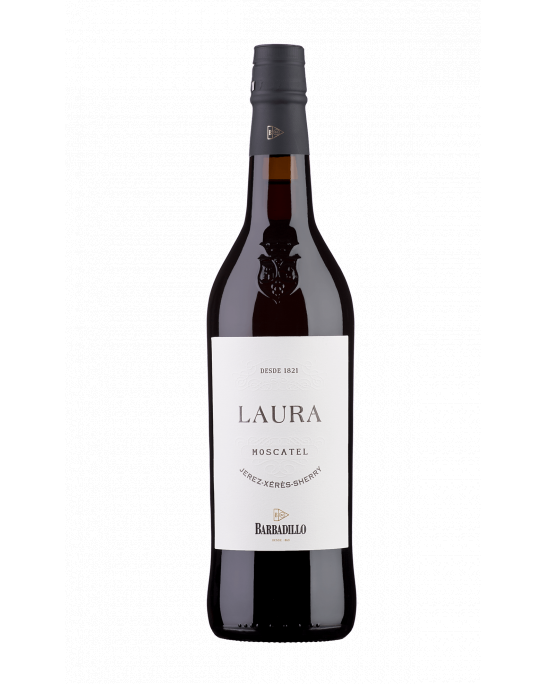
Customer reviews
No reviews available
Be the first to review